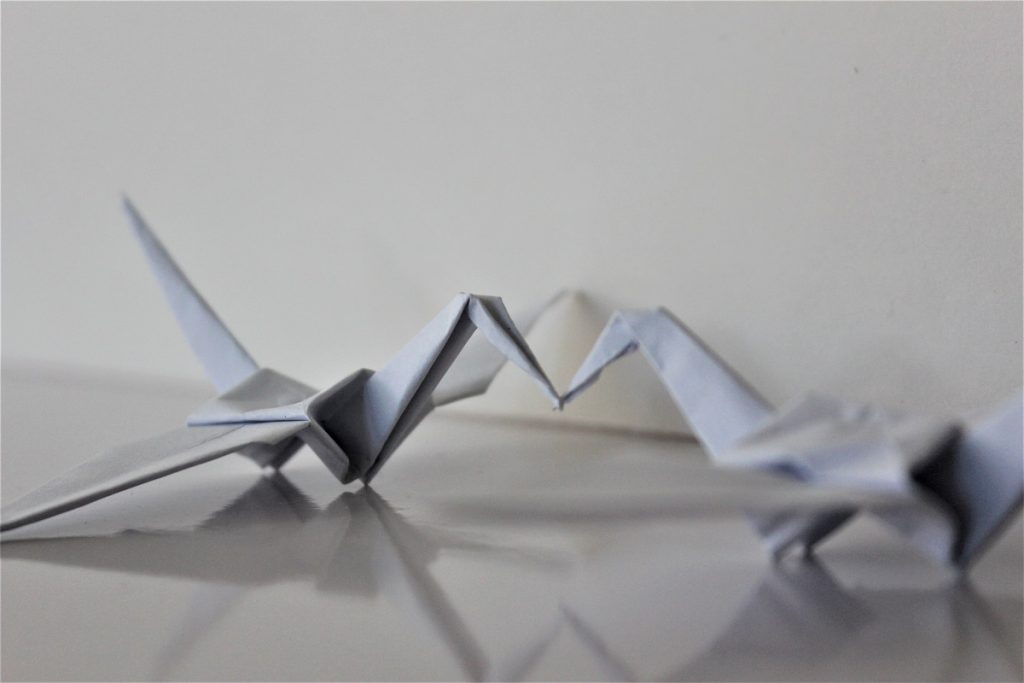Origami is one of the oldest forms of papercrafting, dating well beyond any of our smartphones and current technologies. While each region around the world has come up with their own versions, it is the Japanese art of paper folding that continues to hold sway over most folders today.
However, studies have shown that this art can produce more than just aesthetic results. If applied properly in an education and development setting, it can help develop one of the most crucial parts of how people view and interact with the world: spatial thinking or reasoning.
Welcome to the world
Spatial ability is broadly defined as a type of intelligence that allows us to see a two or three-dimensional image and then mentally manipulate it. The video game Tetris is one of the classic examples of spatial reasoning—using a two-dimensional shape (the blocks), players must figure out how they can rotate and move the piece to fit with the pile (and achieve the Tetris) without making mistakes along the way.
This type of intelligence is often developed quite early in the stage of human life, as babies learn to orient themselves to their surroundings and explore the objects in their environment. Further activities growing up such as sports can help enhance this type of intelligence, allowing the growth of a well-rounded individual.
Why is it so important?
Spatial reasoning is crucial for many of the unconscious tasks that we do in our daily lives. For example, finding our way around a building we don’t know from basing our location on a map requires spatial reasoning or if you happen to be packing something and need to choose the proper container for it without having a need to package the item to be sure.
Spatial reasoning is also critical to many fields of study that make our world work the way it is. Mathematics, engineering, economics, and architecture use some form of spatial reasoning, as individuals in these fields would often need to mentally construct some form of the project they’re working on, and build a concrete form of this mental image.
How does origami specifically help?

The process of doing origami—in particular, the need to understand the processes that should be followed in order to fold the figure into shape—is an effective way of understanding and developing spatial reasoning. While the object of the exercise can be held and manipulated, a degree of spatial reasoning is required to accurately implement the steps needed to proceed to the next part of the folding process.
This training is even more effective if the person is encouraged to free fold: an origami exercise that doesn’t follow pre-established folding patterns. This type of exercise not only encourages the use and development of spatial reasoning but also trains deductive skills and creative thinking. As any final origami figure requires a mental projection of the folded product and the steps to get there, it’s an excellent way to practice spatial reasoning.
The best thing about origami is that it’s relatively simple to use to develop spatial reasoning. It’s accessible to almost all people and the tools required cost very little. Given all of these factors, it’s not far to see that origami should be used as a viable education tool for developing soft skills or other types of intelligence.

